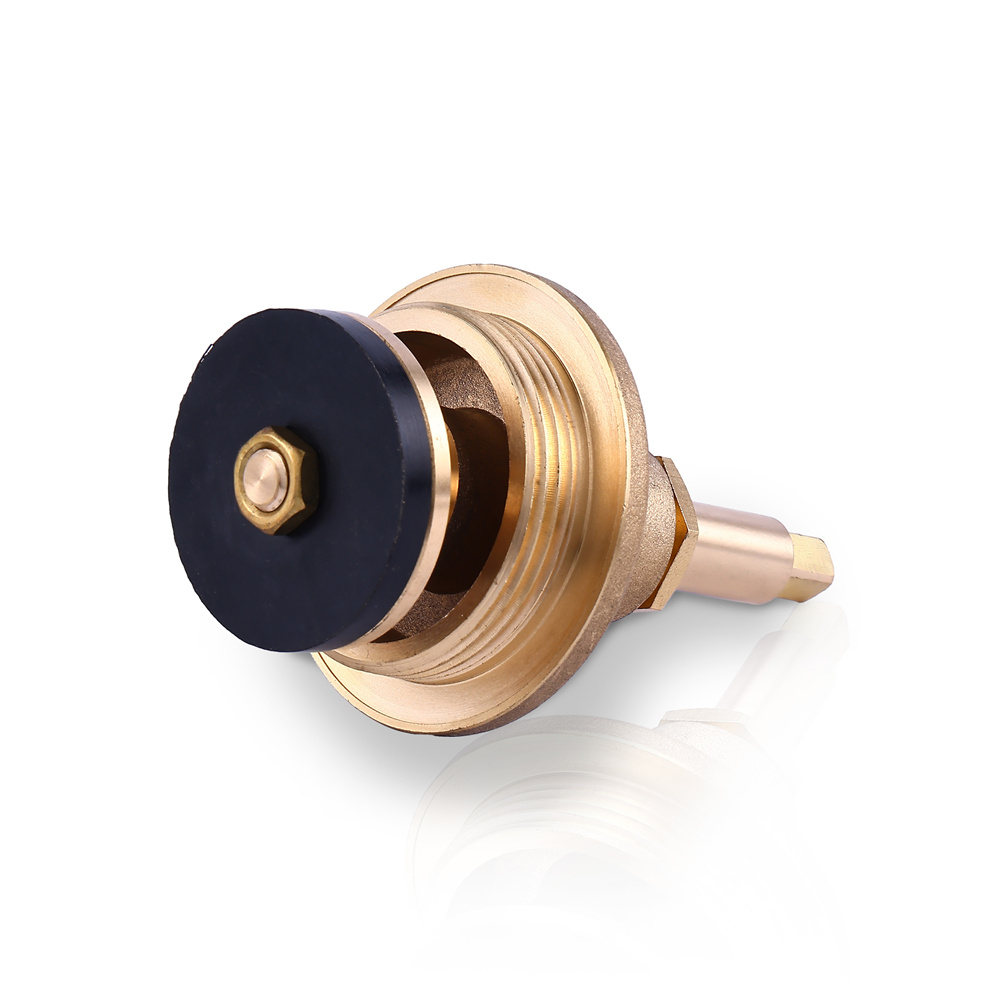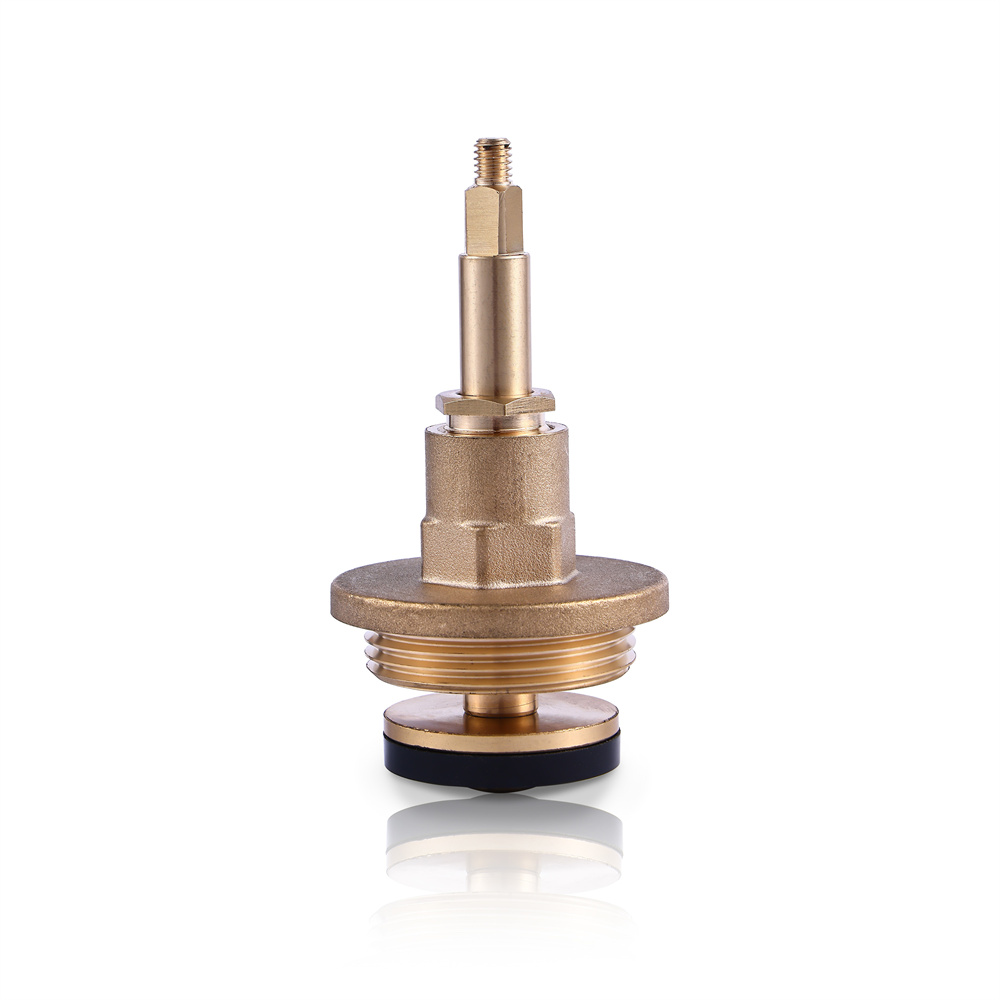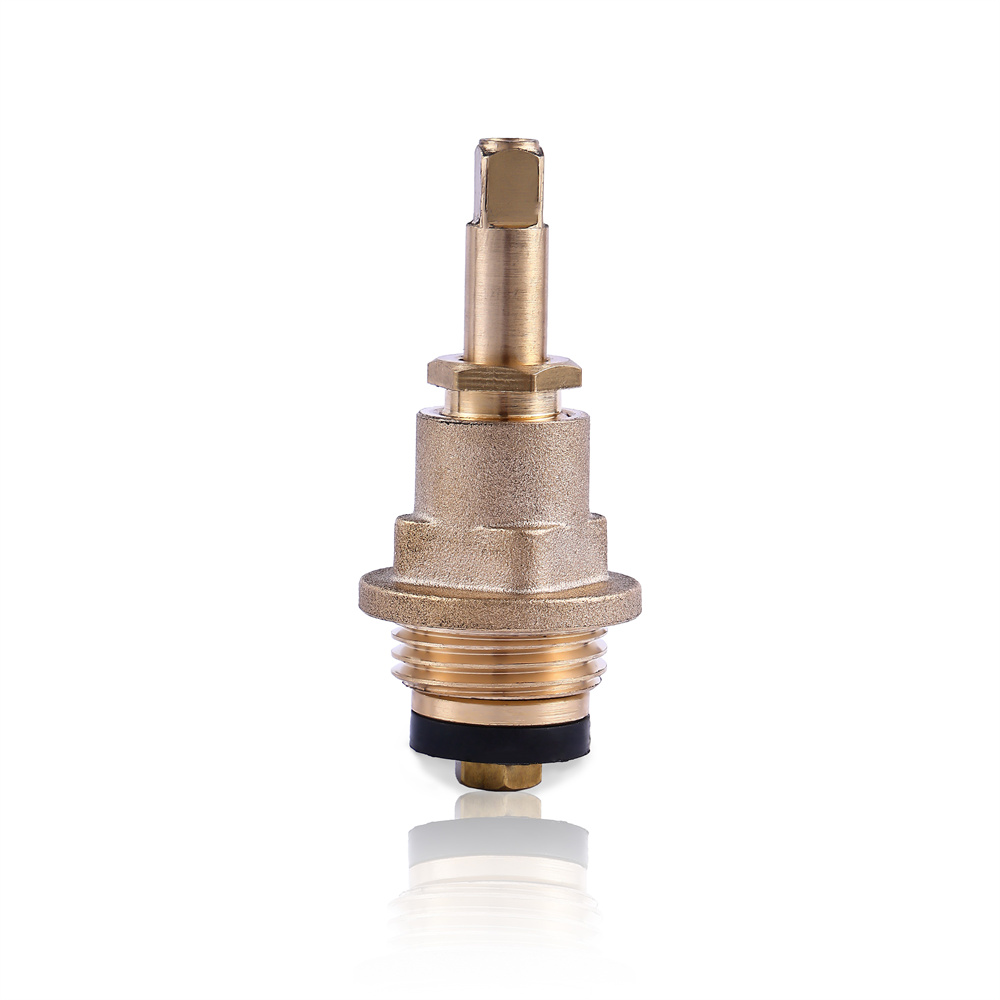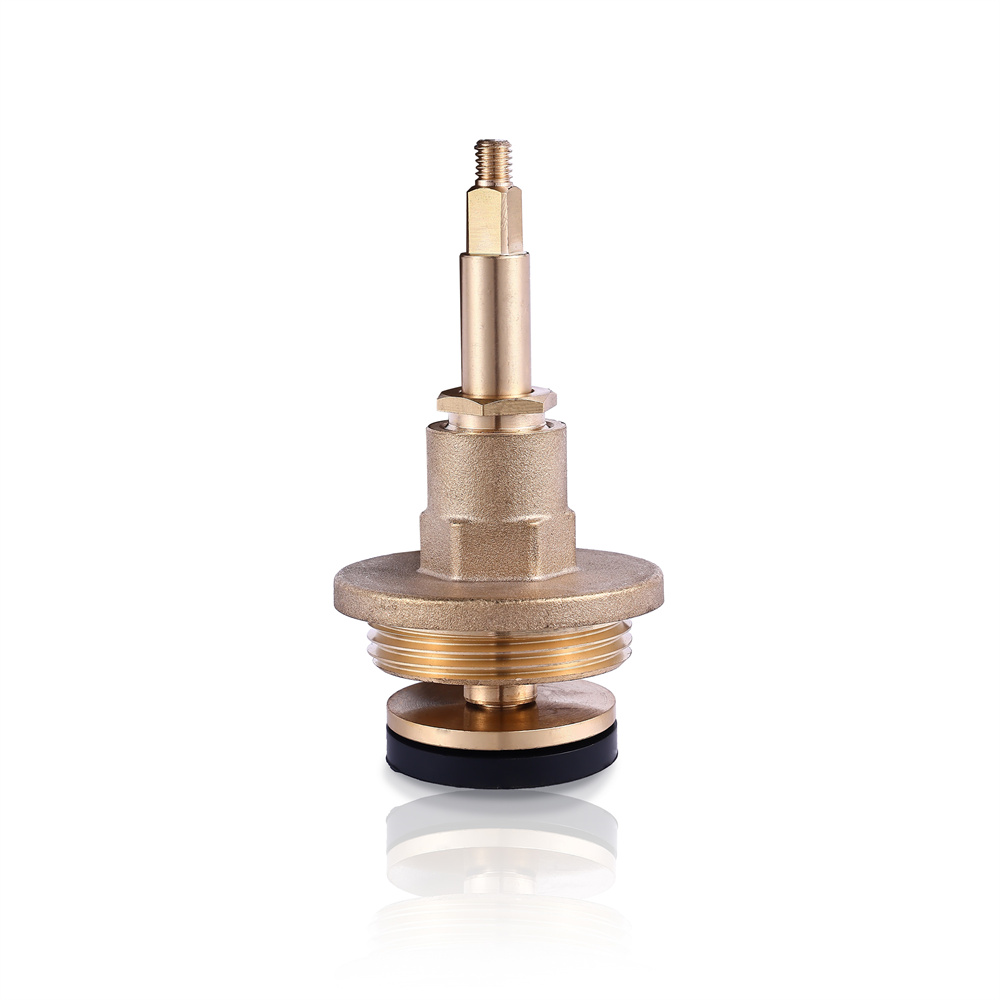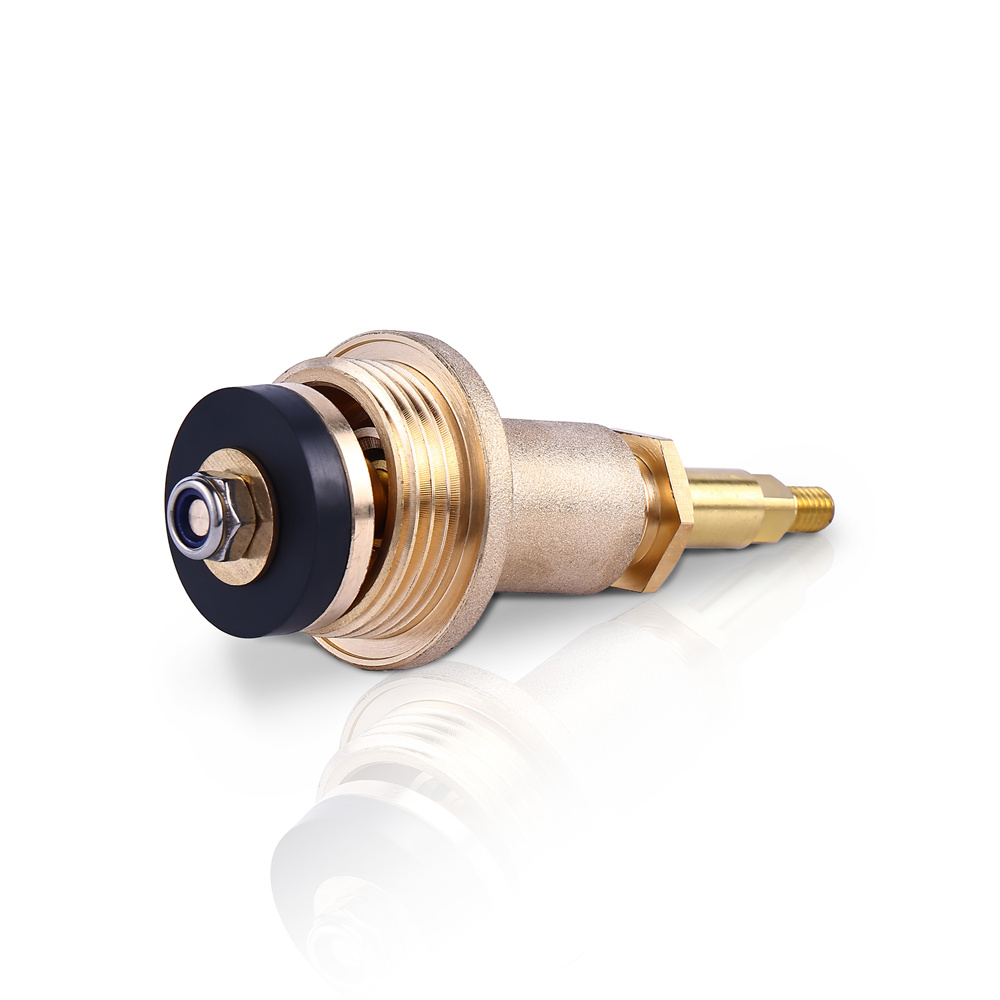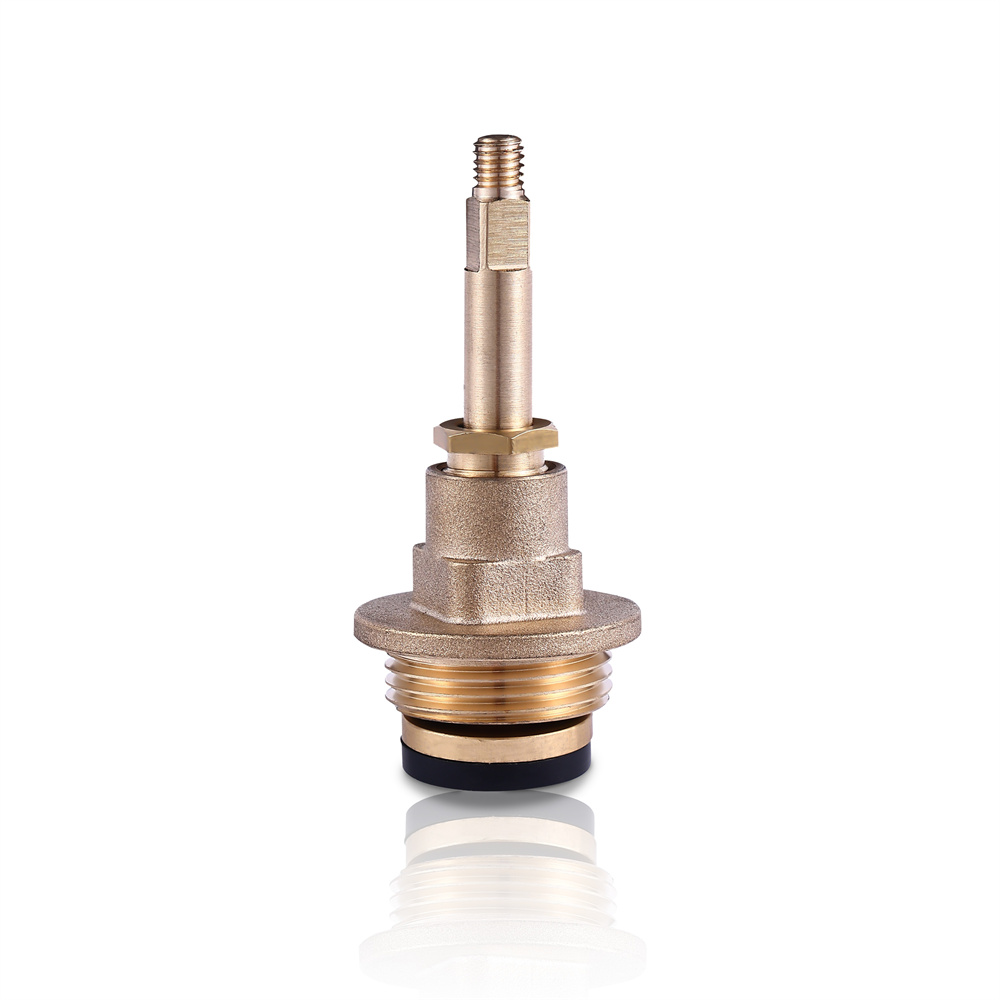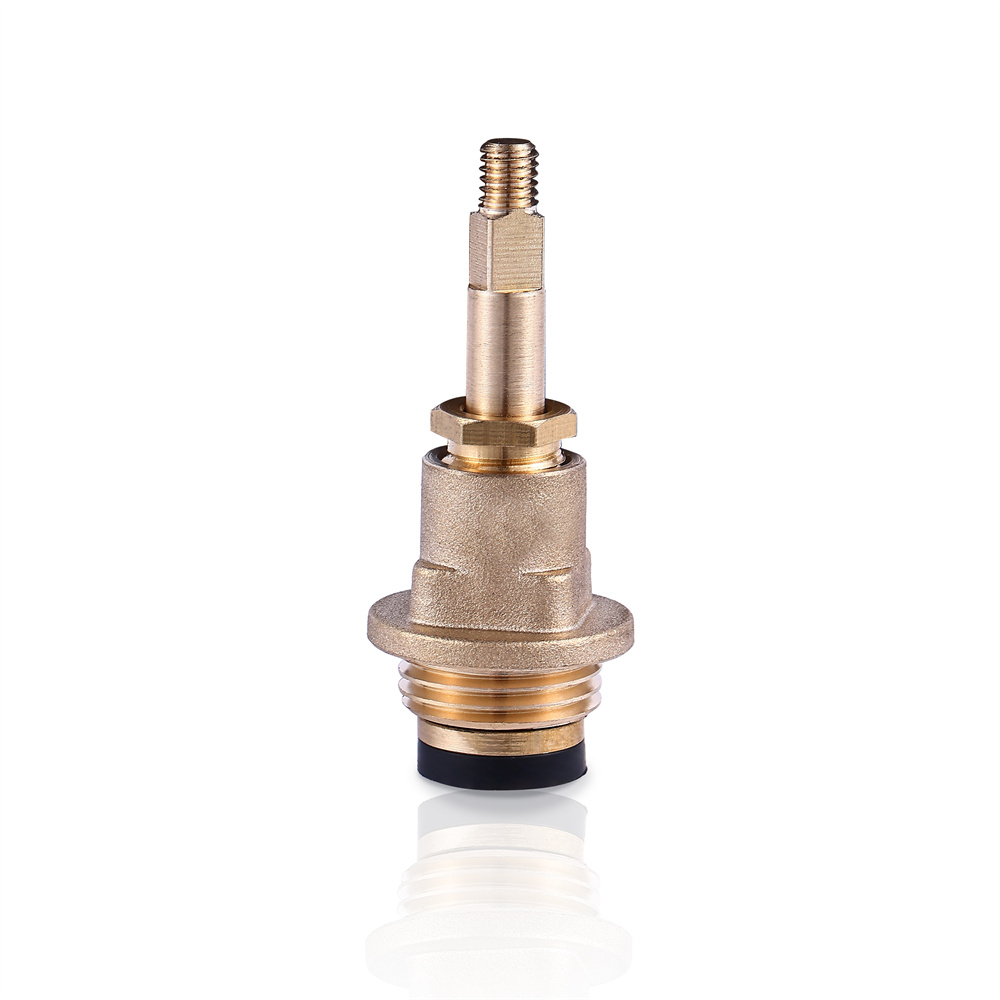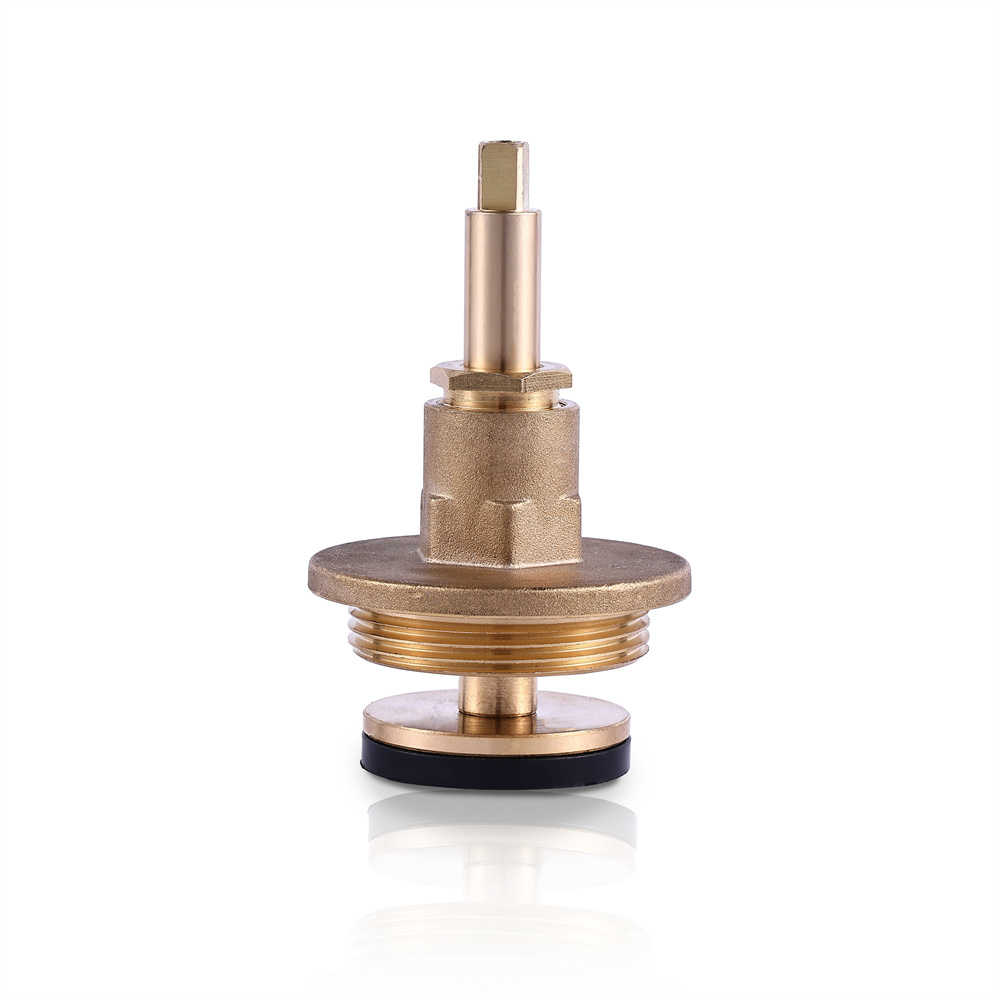Evaluating the Stability of Slow-Opening Valve Core in High-Pressure Systems
ODM China Slow Opening Valve Core Manufacturing Company In the realm of industrial automation and process control, the Slow Opening Valve Core stands as a beacon of precision and reliability. Its role in high-pressure systems is not just significant but also complex, as it must maintain stability under demanding conditions. This article examines the stability of the Slow Opening Valve Core in high-pressure environments, a critical aspect that directly affects its performance under bad working conditions. The Slow Opening Valve Core is designed to modulate the flow of fluids with precision, and its slow-opening characteristic is particularly beneficial in systems where sudden changes in pressure could cause catastrophic failures. In high-pressure systems, the Slow Opening Valve Core's ability to control the pressure rise rate is crucial. This feature helps to prevent hydraulic shock, which can damage equipment and compromise the safety of the system. The Slow Opening Valve Core's design incorporates advanced materials and construction techniques that enhance its resistance to high pressures, ensuring it remains stable even when subjected to demanding conditions. One of the key factors in the stability of the Slow Opening Valve Core in high-pressure systems is its material composition. The Slow Opening Valve Core is often made from high-strength alloys that can withstand the stress induced by high pressures without deforming or failing. These materials are chosen not only for their strength but also for their corrosion resistance, which is a common issue in high-pressure systems where the fluid medium can be aggressive. The Slow Opening Valve Core's corrosion resistance is therefore a significant factor in its overall stability. Another aspect that contributes to the Slow Opening Valve Core's stability in high-pressure systems is its sealing technology. The Slow Opening Valve Core must maintain a good seal to prevent leaks, which can cause pressure loss and system failure. The Slow Opening Valve Core's sealing system is designed to handle high pressures without compromising its integrity. This is achieved through the use of advanced sealing materials and precise manufacturing processes that ensure a consistent and reliable seal. The Slow Opening Valve Core's control mechanism also plays a role in its stability in high-pressure systems. The control system must be capable of accurately modulating the valve's position in response to changes in pressure or flow demand. This requires a robust and responsive control system that can handle the high pressures without lag or drift. The Slow Opening Valve Core's control system is designed to provide precise control, even under challenging conditions. Maintenance and proper installation are also crucial for the Slow Opening Valve Core's stability in high-pressure systems. Regular maintenance can help to identify and rectify any issues before they cause system instability. Proper installation ensures that the Slow Opening Valve Core is correctly aligned and seated, which is essential for maintaining a stable seal and preventing leaks. In conclusion, the stability of the Slow Opening Valve Core in high-pressure systems is a multifaceted issue that involves material selection, sealing technology, control system design, and maintenance practices. By understanding and addressing these factors, engineers can ensure that the Slow Opening Valve Core remains stable and reliable in demanding high-pressure environments. The Slow Opening Valve Core's stability is not just a matter of performance; it is a testament to the ingenuity and precision engineering that goes into design and manufacture.




 中文简体
中文简体 عربى
عربى
